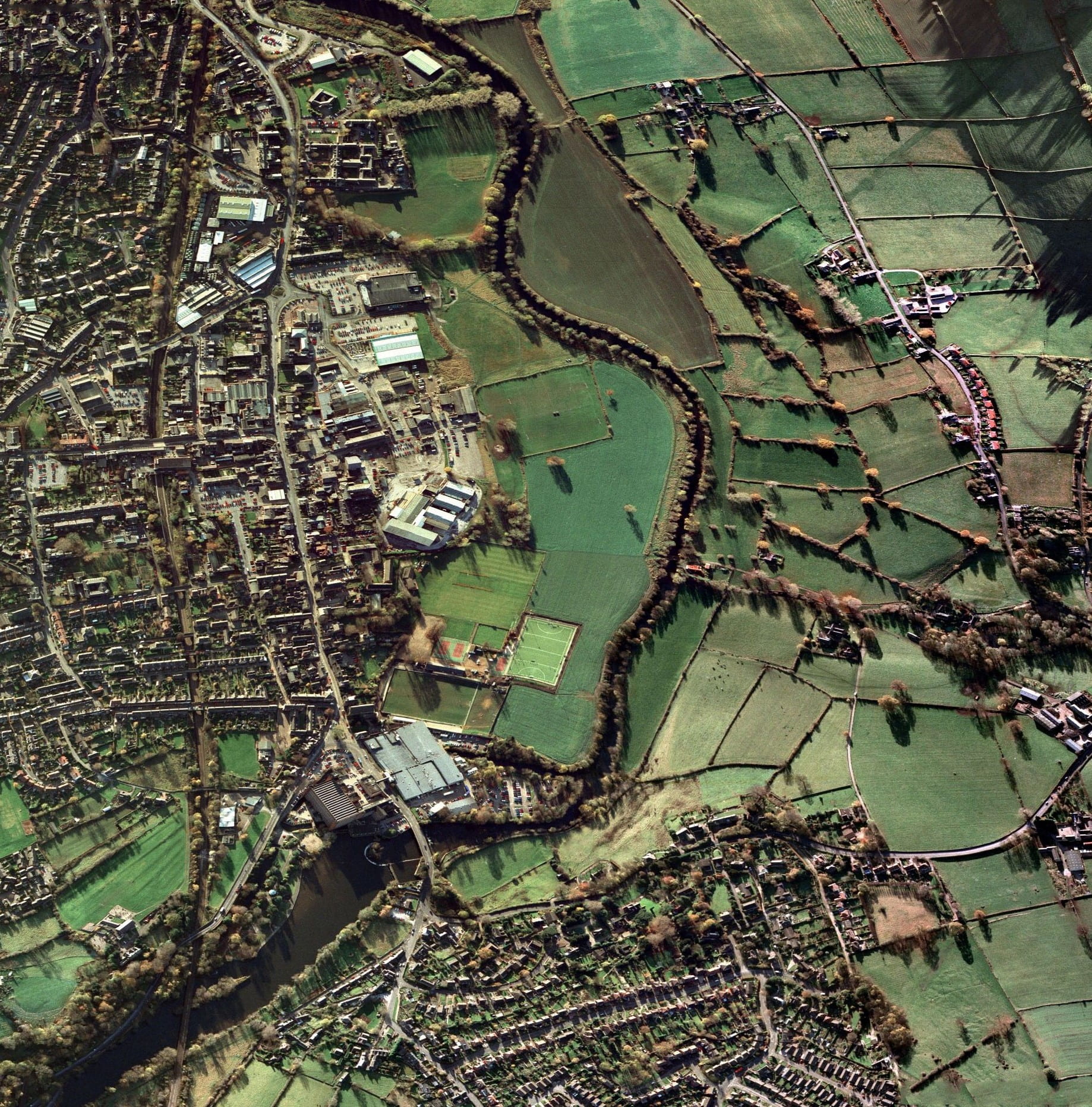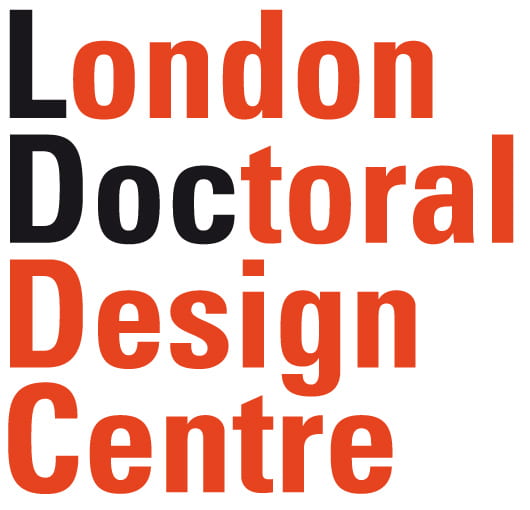
“The century is no longer about expanding cities but rather deepening territories”
(Sébastien Marot, 2010)
This research seeks to create a design-led strategy encouraging future development and sustainable design within a UNESCO World Heritage Site and critically evaluate whether the community can acquire benefits from a UNESCO World Heritage listing. Thus, the practice-based research project aims to generate a design model for Belper that will help to stitch a new development into the fabric of the historical UNESCO site and its surrounding industrial landscape situated within the Derwent Valley Mills site in Derbyshire.
UNESCO inscribed the Derwent Valley Mills on the World Heritage List in 2001, and recorded that the criteria for the Outstanding Universal Value (OUV) were met for the following reasons: (i) that the Derwent Valley saw the birth of the factory system, when new types of building were erected to house the new technology for spinning cotton developed by Richard Arkwright in the early 19th century, and (ii) that in the Derwent Valley, for the first time, there was large-scale industrial production in an otherwise rural landscape. The need to provide housing and other facilities for workers and managers resulted in the creation of the first modern industrial towns. The research focuses on Meadow’s edge site and its environs housing the mill buildings undervalued by community for years and awaiting reuse, workers’ housing including weavers’ terraces, cluster houses, back-to-backs and other cottage types.
I suggest the unique urban nature of the World Heritage Site can be regarded as an asset that will provide opportunities to realise a change and not as a barrier or obstacle for growth and change. Regarding the site as a palimpsest, through either creating new layers or manipulating the existing ones, the design will recognise, reinforce and enhance the distinctive characteristics of historic urban environment. Knitting together the new and the existing fabric, it will integrate within the existing urban grain of Belper by promoting dense, viable mixed-use development respecting and recognising the proximity to the open countryside, the heritage and the proximity to the town centre.
[slideshow_deploy id=’1997′]
